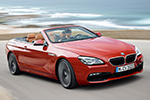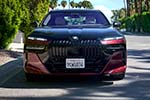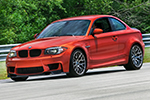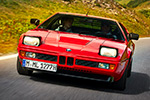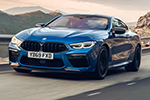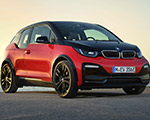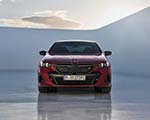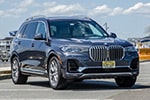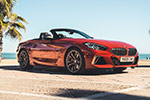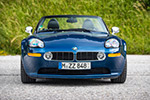Not long to go until BMW finally unwraps the new iX3. Until the second-generation electric crossover breaks cover in September, interesting details are emerging about the “NA5.” We already know the EV will support a maximum charging power of 400 kW. That’ll be enough for over 350 kilometers (217 miles) of WLTP range in just 10 minutes. But what if you were to spend about twice as long charging?
According to a new report from a well-informed insider on the Bimmer Post forums, using a 400-kW charger will replenish the battery from 10% to 80% in just 21 minutes. As we’ve previously learned directly from BMW, the next iX3 won’t sustain peak charging power for more than 3-5 minutes. After that, the rate will begin to taper. BMW states that the iX3 can charge from 10% to 80% in approximately 20 minutes under ideal conditions, so this new rumor aligns with the company’s official claims.
BMW has promised a maximum WLTP range of 800 kilometers (497 miles). If our math is correct, 80% of that would be approximately 640 km (398 miles). The next iX3 will be the first model to feature sixth-generation battery technology with cylindrical cells. These are said to offer 20% higher energy density than today’s fifth-generation prismatic cells.
As a refresher, reports claim the inaugural modern Neue Klasse model uses a battery pack with a gross capacity of 113.4 kWh (107.9 kWh net). That’s the expected spec for the X3 50 xDrive, although other versions are likely in the pipeline. A rear-wheel-drive, single-motor variant using the same battery could achieve a longer range, thanks to the reduced weight resulting from ditching the front motor.
For reference, the xDrive variant reportedly weighs 2,285 kilograms (5,038 pounds) in European specification, excluding the driver. Whether the iX3 50 xDrive will hit the projected 800-km (497-mile) range remains uncertain. That figure may be reserved for a more efficient RWD configuration.
The iX3 goes into production late this year at the new Debrecen factory in Hungary. BMW will follow up on the crossover with an i3 sedan from its Munich plant. We believe that the latter will be even more efficient, thanks to a slightly lower curb weight and a sleeker body.
Source: Bimmer Post






































